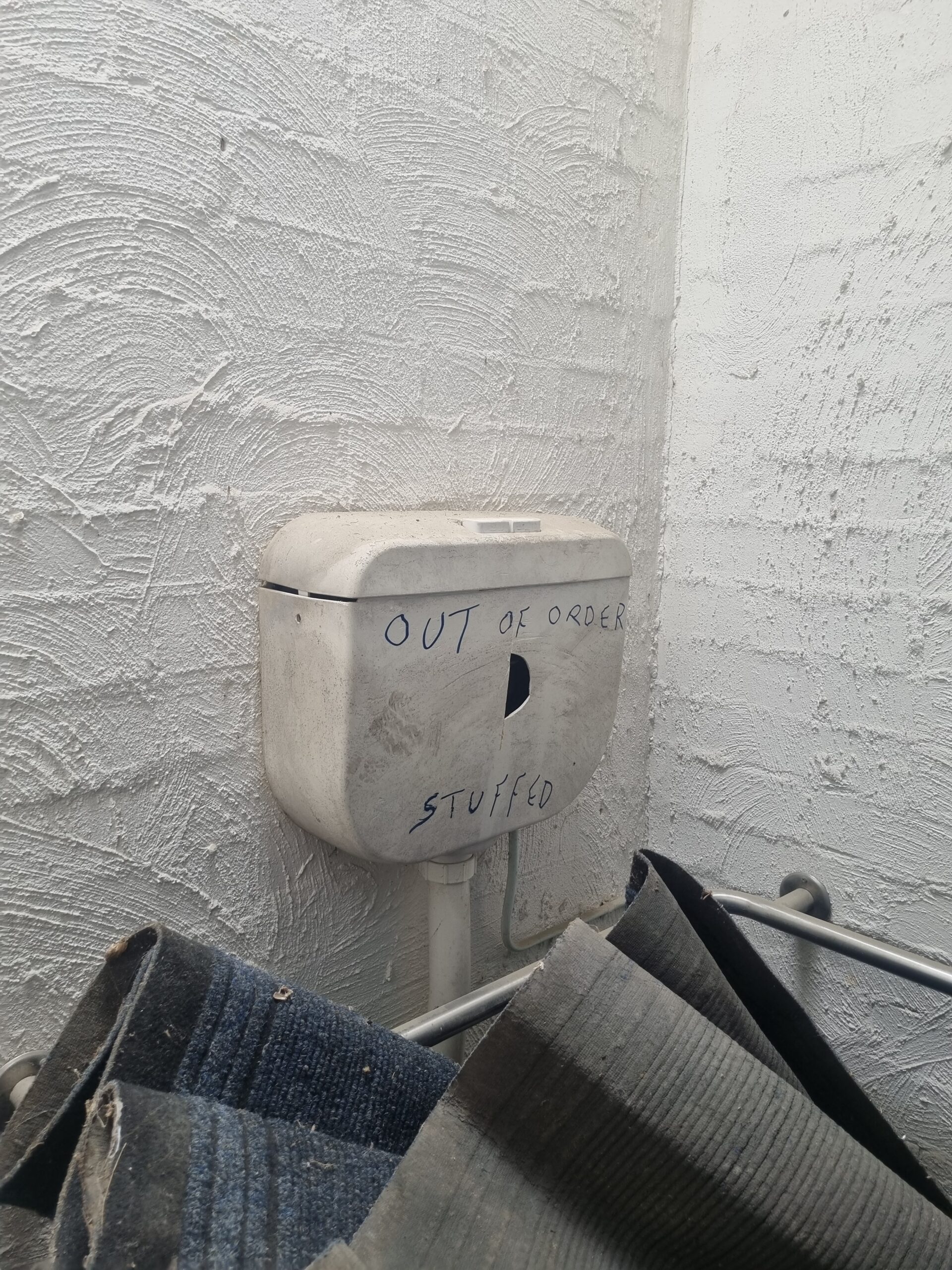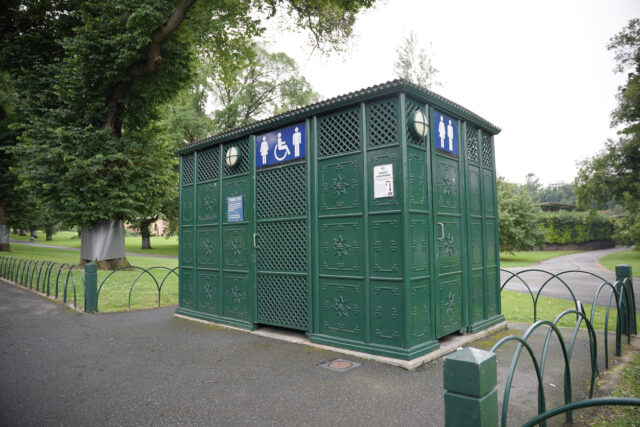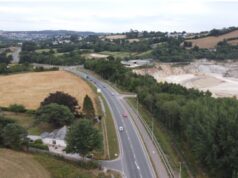Kelly Dohle’s weekends playing cricket in the Yarra Ranges have given her first hand knowledge of the state of the ovals, pavilions and public toilets provided by the council.
“There are some where the first thing we need to do is the ‘dog poo’ scan,” says Dohle.
“So you need to make sure you bring some dog poo bags with you, because we often have to clear the oval before we can play.”
Dohle’s weekend cricketing experience has come in useful in her role as the Asset Planning Coordinator at the Yarra Ranges Council, an outer Melbourne local government authority which manages $1.5 billion in assets including more than 500 buildings and 200 reserves and parks.
Each year it costs the council around $196 million to provide services to a community of around 160,000 residents, with over 14,000 small businesses and seven million visitors each year.
Dohle has led a major project over several years which has been in two parts: to engage rigorously with the community on their asset management expectations and needs, and at the same time to accumulate fresh and accurate data which has gone into a revamped governance process.
The work was outlined in a presentation at the recent IPWEA Congress with the provocative title of ‘Why do we need public toilets anyway,’ which unpicked the approach used to determine asset management priorities.
Her presentation was awarded the NAMie award for the best asset management paper at the IPWEA Congress in November last year.
Dohle’s approach has been for the council to almost go back to the starting line and begin again in terms of the data and governance used to drive asset management plans.
“In terms of asset management plans we didn’t have anything worth updating,” she says.
“Our data was so unreliable, so we didn’t have any real evidence.”
Alongside the data project ran an engagement program, where an external recruitment agency created a representative demographic panel of 40 Yarra Ranges locals who went through an intensive series of sessions with council officers on asset management issues.
Together, this work has provided benchmarks and a methodology for the council’s asset management approach which is designed to be applied consistently, and take the politics and stakeholder bias out of decision making.
In many cases this will mean that instead of demolishing an asset and building a new one the best course is to refurbish and potentially modify assets.
While the public toilets were symbolic of the wider approach to asset management, Dohle also has some relevant anecdotes on the topic from her cricketing experience.
“The facilities team had earmarked a toilet block at this cricket ground for an upgrade and I’d been in the week before,” she says.
“This facility is only used by the cricket club. It is locked at other times and is for their use only during cricket season because their pavilion doesn’t have toilets.
“The oval isn’t used for footy in winter because it’s too wet there.”
Dohle was surprised that the block was considered in need of an upgrade. In her view it was functional and, given the frequency of its use, any resources allocated to upgrading it might better be spent elsewhere.
“I think the reason it was down for upgrade was because an officer thought it was ‘old,’” says Dhole.
“But this kind of siloed thinking doesn’t factor in other evidence and factors, and creates a problem where an opinion can start to be embedded and guide the thinking.”
Dohle gives the example of another toilet block in a town centre which has been regularly hit by graffiti, with major annual costs to address ongoing vandalism.

The new approach has parameters on “what a functional toilet looks like,” and this includes factors such as lighting, CCTV, locks and landscaping.
“So there are all these layers to it, and you can score that because it is easy to define,” says Dohle.
“And that enables you to understand that you don’t need a new toilet block, you just need to sort out the activation of the site.”
In other cases, council has been improving the amenity of toilets at sporting pavilions by creating an external facing toilet which can also be used as a public toilet.
The result of Dohle and her team’s work has been developing an assessment of building functionality based on national and state building and service requirements for the first time.
This enabled (also a council first) development of budgets for buildings which is supported by industry best practice. Paving the way for service focused asset management plans in the future.
Dohle’s view is that the approach has brought more clarity to Yarra Ranges asset management approach where decisions are consistently applied through a governance framework.
“Every time someone says ‘oh its political’ I think it’s either an excuse because they don’t want to manage the risk or because they don’t understand the issue,” she says.
“That changes when you start to bring in evidence and really map things out for people against agreed criteria.”
There is also now a feeling that “this isn’t actually an emergency and we are not facing impossible choices.”
“Does the budget match what the asset management plan and the policy is saying it needs to be?
“We’ve got all these beautiful principles from the community. They develop the policy and have given us the parameters.”














